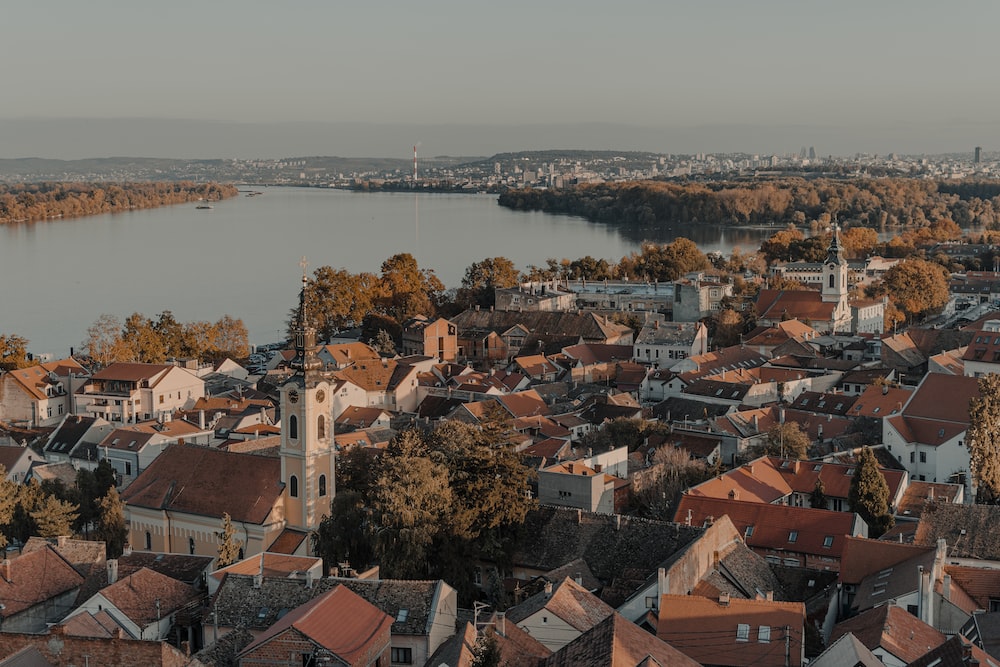Every year, more and more foreigners venture into the strange and fascinating country of Serbia, with the main lingering mystery being why it has taken so long. Here are the things you should be aware of if you plan to relocate to Belgrade and beyond.

Why Serbia
Okay, let’s move on to the other asterisks. Why did you initially decide to go to Serbia? Previous sources have waxed poetic about the Serbian people, its landscape, nightlife, cuisine, and other aspects, but what about residing there permanently? The good news is that you can have everything you want whenever you want it, and the region’s affordable living standards make it a fantastic place from which to explore the remainder of the Balkans.
Visas and other things
The amount of uncertainty around whether it is lawful to relocate to Serbia justifies the use of the adjective “foggy”. Although the law is clear, the reality is rather different. You must register with the police within 48 hours of arrival for stays up to three months. They will take care of this for you if you are staying at a hotel or hostel. When that 90 days are over, you’ll need to act quickly, but you’ll just need to visit Bosnia or Croatia briefly.
A temporary visa is necessary if you intend to stay for more than three months but less than a year. Only those who are employed, enrolled in school, or who have family in the nation are eligible to do so, and doing so will be made easier by your job or college. The “brief stay and a trip to Bosnia every three months” option are typically chosen by independent contractors. Only individuals who have resided in the nation for an extended period or who have been married to a Serb for three years are eligible for a permanent visa.
Employment opportunities
Generally speaking, there are only two sorts of foreign workers who relocate to Serbia. On the one hand, some people are relocating to the nation for professional rather than personal reasons since they have employment lined up there. The other hand is occupied by remote workers who make their living outside of Serbia yet wish to benefit from state benefits.
You’re going to get a harsh shock if you assume that you can simply show up in Serbia and obtain a job. Less than 50% of the population currently has meaningful employment, with the unemployment rate in the nation hovering at 13%. The monthly average salary in Belgrade is about $230, and many Serbs hold down two or three jobs to make ends meet. Simply put, there aren’t any employers willing to hire foolish foreigners.
Which side of the river
Most foreigners relocating to Serbia want to set up camp in Belgrade, and for good reason. The capital city, which is home to a quarter of the country’s population and is unquestionably the administrative hub of the country, provides a wide selection of lodging in numerous neighborhoods. Which bank of the river ought you to cross?
The best views, attractions, cafes, and bars can virtually all be found on the southern side of the rivers in Old Belgrade, which exudes charm. The most desirable areas are Dorol and Vraar, and for many people, relocating to Belgrade will entail moving to this side of the city.
Beyond Belgrade
Although it’s not easy to live and work in Belgrade, the situation is even worse outside of the city. It is possible to delve deeply into the soul of this seductive country by residing in Novi Sad, Ni, Kragujevac, and other cities, but it is also quite labor-intensive. Nearly the only choice is freelance work, and further language work will be required.
